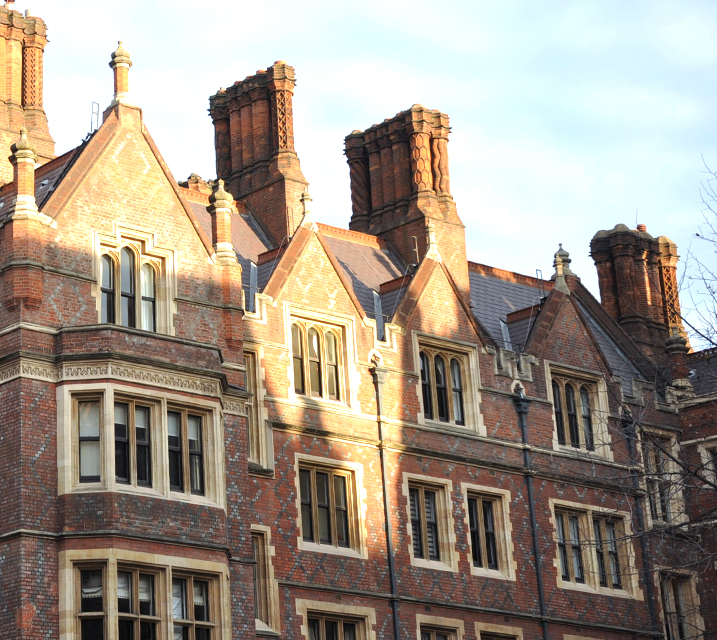The Court of Appeal has today handed down judgment in Duchess of Bedford House RTM Co Ltd and others v Campden Hill Gate Ltd [2023] EWCA Civ 1470 at the culmination of a 50 year battle by lessees of flats within a mansion block (Duchess of Bedford House) on the Phillimore Estate in Holland Park to establish their right to park in part of the private garden square in which the mansion block is situated.
The claim was based on the settled practice of residents of DOBH to park in the square in the 1960s and before, which, the claimants contended, was converted into legal easement appurtenant to DOBH by the terms of a reservation in a 1969 Headlease of the square and neighbouring block of flats (Campden Hill Gate) granted by the Phillimore Estate to the defendant’s predecessor-in-title. That right would have been passed down to the lessees of individual flats within DOBH when a new headlease of DOBH was granted by the Phillimore Estate in 1974, unless, as the defendant contended, the right was caught by the terms of an exclusion clause within the 1974 Headlease.
The claimants were represented by Edward Francis, instructed by Joanna Osborne and Emma Gregory at Edwin Coe LLP. They had succeeded at trial before HHJ Gerald, who had held (i) that there was a settled practice of parking in the 1960s by residents of DOBH as alleged, which had been converted into a legal easement appurtenant to the DOBH as a whole by the 1969 Headlease, applying an unreported 1982 decision of Sir Robert Megarry V-C in the case of Newman v Jones; and (ii) that the right was not then caught by the terms of the exclusion clause in the 1974 Headlease, adopting a practical and common-sense construction of that clause. On the defendant’s first appeal, Adam Johnson J had upheld the judge’s decision on issue (i) but overturned his decision on issue (ii), with the result that the claim then stood dismissed.
The claimants obtained permission for a second appeal to the Court of Appeal on issue (ii) on the basis that the proper construction of the exclusion clause – which prevented the creation or transmission of rights which might restrict or prejudicially affect the alteration or development of any adjoining or neighbouring land – raised an important question of principle or practice as the clause was one which was in common use in Phillimore Estate leases. The defendant cross-appealed on issue (i) on the basis that the judges below had misapplied or extended the decision in Newman v Jones beyond its proper bounds.
The Court of Appeal has now allowed the claimants’ appeal, and dismissed the cross-appeal, reinstating HHJ Gerald’s original decision. In her judgment, Asplin LJ accepted that the exclusion clause should be restrictively construed, in the manner adopted by the judge at first instance, as it was otherwise so wide as to catch the transmission of any already subsisting right which could theoretically prejudice any future development of the square even if such development was not realistically one which could take place; the judge on the first appeal had been wrong to construe the clause more broadly, and to interfere with the first instance judge’s evaluative judgment as to the application of the clause to the facts. She also held, in agreement with the judges below, that Newman v Jones was authority for the proposition contended by the claimants that a settled practice of parking by residents of a block in the surrounding area may be converted by operation of section 62 of the Law of Property Act 1925, or in this case by the terms of a similarly-worded reservation, into a legal easement for the benefit of all the flats within the block as a whole.
Full Judgment available below.



